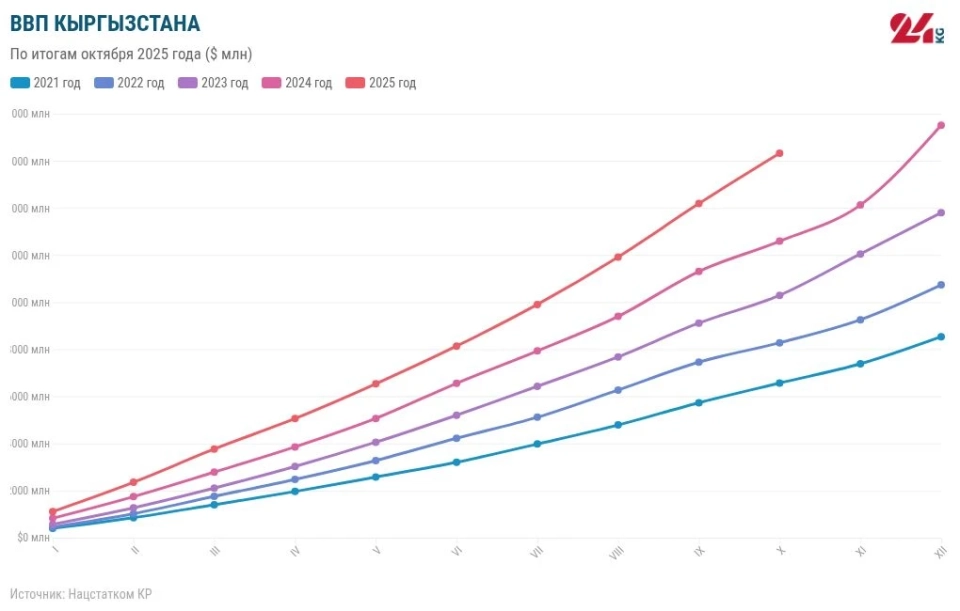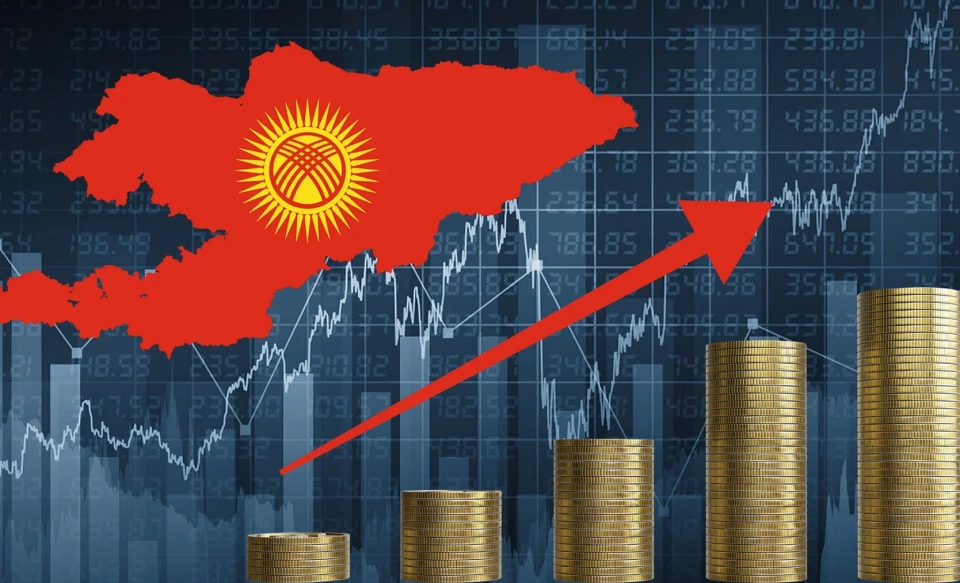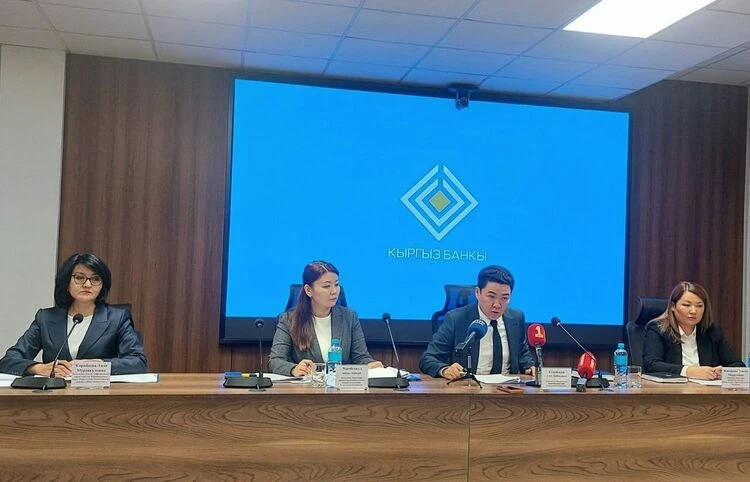The main factors driving GDP growth are commodity production, the service sector, and net taxes on products.
Among the key sectors of the economy as of September, notable growth was observed in pharmaceutical products (doubling), as well as in rubber and plastic products, construction materials (growth of 33.8 percent), and food products (including beverages) and tobacco products (up by 33.6 percent).
When calculating GDP, various factors are taken into account, including prices, production volumes by industry, budget revenues, and government expenditures. It is important to note that Kyrgyzstan is a country with a high dependence on imports, which affects economic indicators, especially when converting to other currencies. This analysis uses official data in soms.
The service sector accounted for 49.6 percent of the total GDP, while commodity production sectors accounted for 35.4 percent, and net taxes on products made up 15 percent.
State of Industry
In the nine months of 2025, the volume of industrial production amounted to 595 billion 17 million soms, which is 9.8 percent more compared to the same period in 2024. This growth is attributed to increased production in several sectors:
Significant positive changes have been recorded in the construction sector, where volumes increased by 27.7 percent, as well as in the hotel and restaurant services — by 16.1 percent, freight transportation — by 11.8 percent, and wholesale and retail trade — by 9.2 percent.
Growth in the energy sector, including electricity, gas, and steam, amounted to 10.3 percent due to increased electricity production.
In the area of water supply and waste treatment, growth was associated with an increase in the volume of water collection and distribution, which amounted to 24.3 percent.
Investments in Fixed Capital
Investment growth in fixed capital compared to January — October 2024 was 21.8 percent due to increased domestic funding sources. The volume of foreign investments increased by 5.2 percent, reaching 246 billion 702 million soms over 10 months.
The most significant portion of investments during the period from January to October 2025 (83 percent of the total volume) was directed towards the construction of facilities in the fields of mineral extraction, education, housing construction, manufacturing, and transportation activities, as well as ensuring energy resources.
Economic Forecasts
According to the latest forecast from the Eurasian Fund for Stabilization and Development, economic growth in Kyrgyzstan in 2025 is expected to be around 9 percent, which corresponds to the results of the last three years. This is linked to increased rates of infrastructure and housing construction, as well as growth in domestic demand.
Analysts predict that in 2026–2028, economic growth will slow down to 6.4, 6, and 5.5 percent, respectively.
Throughout 2025, there was an acceleration of inflation caused by rising food prices, electricity tariffs, and increased domestic demand.
According to EFSD estimates, by the end of 2025, consumer inflation may rise to 8.1 percent.
Such figures will exceed the target range set by the National Bank of Kyrgyzstan (5-7 percent). In the future, analysts predict that inflation should slow down, and its average level will again fall within the target range due to tightening monetary policy and cooling of the economy.
The republican budget, which had a surplus in 2023-2024, will continue to be formed with a surplus in the medium term (the surplus will be 2.1, 1.6, and 1 percent of GDP in 2025, 2026, and 2027, respectively). However, a gradual decline in tax revenues will lead to a deficit of 0.2 percent of GDP by 2028.
Kyrgyzstan's international reserves will remain at a sufficient level, covering 5.9 months of imports of goods and services.















